|
If you've followed our blog for a while you probably know we're big fans of mulch. And if you don't have mulch in your yard, now is the perfect time to get some down before the cold of winter really sets in. There are many reasons for why mulch is great, including the fact that it helps protect your plant beddings, any newly planted bulbs, shallow root plants, and young trees.
Mulch comes in a variety of colors and textures so you're likely to find one that meets your preferences. You can get deep browns, warm reds, and soft golden tones in both coarse and fine blends. If you're not sure which one is right for your yard, let our experts help. Here are five reasons why you should add mulch to your yard:
As a general rule of thumb, it is best to lay down mulch somewhere between 2-4" deep, and you'll want to avoid touching trunks of trees or stems of plants so you don't get any rot or disease issues. Now is the perfect time to have our team help get your yard winter ready. Give us a call today at 541-729-8029.
3 Comments
Keeping a lawn healthy and green can feel like an uphill battle, especially when dealing with weeds. Lawns are also susceptible to disease, making things even more complicated. Here's how to identify three common lawn diseases, their causes, and what you can do to turn things around. Dollar Spot With Dollar Spot, grass tends to die in small, circular spots 4 to 12 inches wide. As the spots grow, they may fuse together creating big, brown blotches in your lawn. Favorable conditions for Dollar Spot include mild to warm weather (60 to 85 degrees), excessive moisture, and under-fertilization. Thatch in your lawn can also encourage this disease. What you can do: 1. Raise the cutting height of your mower to 3 to 4 inches to allow grass leaves to dry between watering. 2. Fertilize your lawn, starting in the spring, at least a few times throughout the year, in regular intervals. 3. Adjust your sprinklers so you're watering deeply but infrequently, ideally in the early morning hours. Rust With Rust, grass blades develop dust-like, orange-colored spores. Areas in your lawn that are affected will have a rusty look. Rust doesn't typically hurt the grass but it can be a nuisance and detract from that lush, green aesthetic you'd probably prefer. Over time, it can lessen the vigor of your grass which can attract other diseases to infect your lawn. Favorable conditions for Rust include mild temperatures (60 to 75 degrees), dry weather conditions. Over-fertilization and heavy thatch can also encourage the spread of Rust. What you can do: 1. Mow your lawn frequently at a moderate height (2 to 3 inches) and rinse off lawn equipment to prevent the spread of the disease. 2. Rake and remove any thatch that becomes more than a half-inch deep. 3. Water early in the day so the grass has a chance to dry before the warmest point of the day. Pythium Blight
With Pythium Blight, grass will develop orange to copper-colored circular spots from 1 to 6 six inches in diameter. These grow quickly, however, and can cause large areas of discoloration and dead turf in your lawn, especially in areas with poor drainage. Favorable conditions for Pythium Blight include warm to hot, humid weather (think of those days when it doesn't even seem to cool down at night) and lush lawns that hold a lot of moisture. What you can do: 1. Watch your lawn for what appear to be darker green areas that might look wet or dewy (this is due to the greasy or oiliness of infected grasses). At first sign, you will want to introduce the use of a fungicide because this disease is a difficult one to control. 2. Make sure you address any drainage issues with your lawn to remove excess water build-up. 3. Rake and remove any thatch that becomes more than a half-inch deep. In the Eugene-Springfield area, Graham Landscape & Design works with homeowners and business owners to maintain healthy lawns and beautiful landscapes. If you suspect you're dealing with lawn disease or could use some help with maintenance to prevent disease, please give us a call at 541-729-8029 to schedule a consult today. Weeds. They are the bain of every beautiful lawn and flowerbed. You know what we're talking about. You spend a great deal of time to plan, plant, and cultivate a beautiful yard and then BAM! You spot weeds. Never just one, but little clusters here and there. They're everywhere! So, what are you going to do?
Tips for dealing with weeds in your yard:
While these tips can help manage the weed situation in your yard, know that despite your best efforts, the weeds will keep coming back. Weed control is just that — control, not eliminate. Keeping weeds at bay requires ongoing monitoring and treatment. If that level of commitment or use of time sounds unappealing, consider hiring a landscaper who offers maintenance services. Together, you can discuss the priorities for your yard, how and when you want services, and come to an agreement that works for your budget. If you live in the Eugene-Springfield area, Graham Landscape & Design can help control the weeds in your lawn, and so much more. Please give us a call for a no-obligation quote today. 541-729-8029. At the thought of weeding, do you decide you’d rather alphabetize your bookshelf or finally work through and delete the emails mounting in your inbox? Well, what if there was a better way, a way to weed without taking up so much time? Did you know that the landscape design and irrigation system of your garden can help or hinder the growth of weeds? A few tips and some landscape maintenance can go a long way in the fight against pesky weeds.
Mulch Mulch is a very helpful tool for reducing the weeds among your plants. When soil is nourished and happy, weeds find somewhere else to grow. Replenish the mulch often so that it remains at about 2 inches deep and dense. More than three inches is too much. Layer the soil first with newspaper, cardboard, or other biodegradable material, then spread the mulch over the top. This keeps the light away from weed seeds so they do not grow. Plant Spacing This is another factor that can help the spread of weeds. It’s simple, but you may not have given it much thought. The more space between plants, the more surface area that is available for weed seeds to proliferate. If you’re just starting out, you must be aware of the mature size of the plants. You will need to give them space to grow. In the beginning, you may have to do a bit more maintenance, but it will be worth it later on. Only Weed When Necessary That sounds good, right? There are weed seeds all over your garden, but the underlying seeds can remain dormant for long periods. If you churn up too much soil, the seeds will then come to the surface. Use a sharp tool to localize your digging and target exact areas of soil. The other part of this tip is to wait until the weed is 3-4 inches tall before taking it out. It is easier to get the whole weed, roots and all, when it has developed a bit longer. With a young weed, part of the root may stay in the soil, which means you’ll have to return to the same weed again later. Double work and effort? No thanks! Irrigation Just as your flowers and plants thrive with water, so do weeds! What can you do to streamline your watering? Install an irrigation system. You can also use a hose and place it around your plants underneath the mulch to keep the soil moist while depriving nearby weeds of nourishment. For more tips and tricks on keeping weeds at bay, irrigation installation, or irrigation repair, contact us at Graham Landscape & Design, serving Eugene, Springfield, and communities throughout the Willamette Valley in Oregon. |
OUR BLOG
Check here to see what we've been up to! Categories
All
|
|
|
Copyright © Graham Landscape Maintenance & Design LLC in Eugene Oregon. All rights reserved.
LCB # 8920 541-729-8029 34024 Old Willamette Hwy S., Eugene, OR 97405
Offering Landscape Design and Maintenance in Albany, Coburg, Corvallis, Cottage Grove, Eugene, Junction City, Roseburg, Springfield, Veneta and Surrounding Areas
LCB # 8920 541-729-8029 34024 Old Willamette Hwy S., Eugene, OR 97405
Offering Landscape Design and Maintenance in Albany, Coburg, Corvallis, Cottage Grove, Eugene, Junction City, Roseburg, Springfield, Veneta and Surrounding Areas
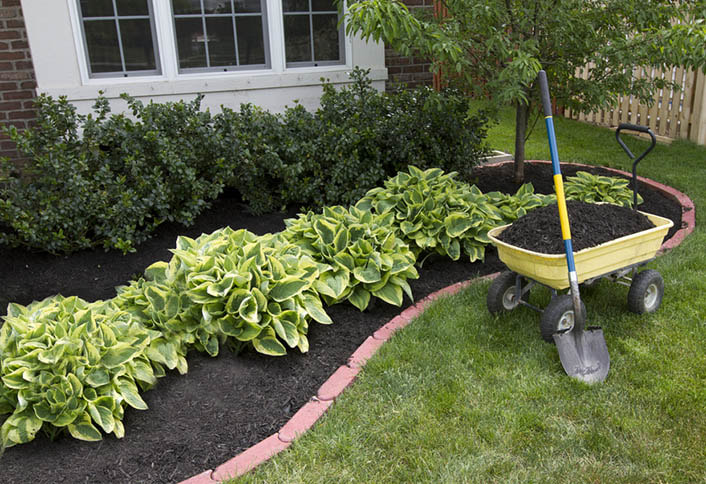

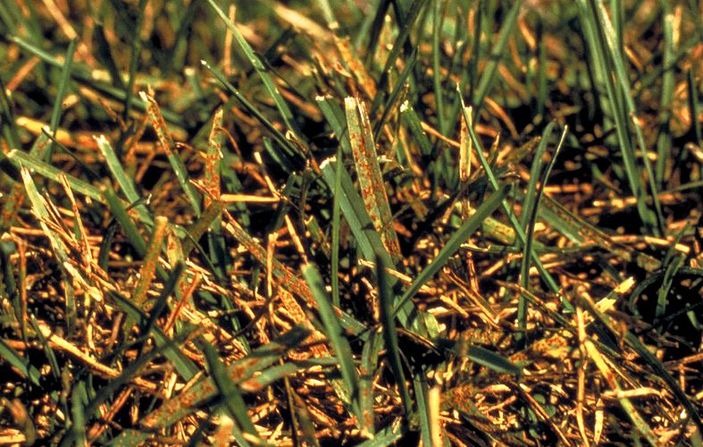
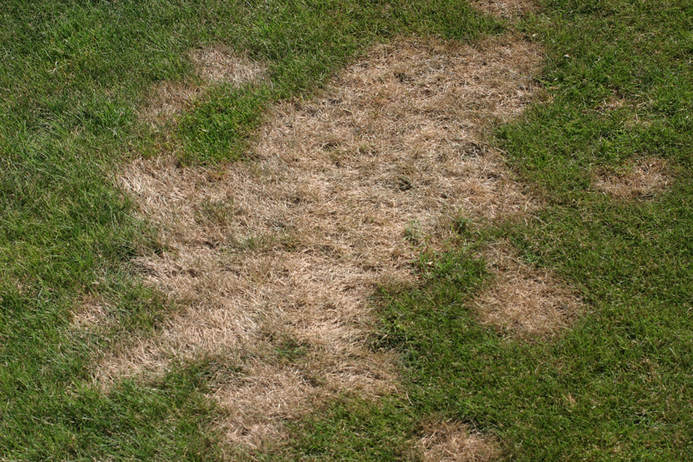
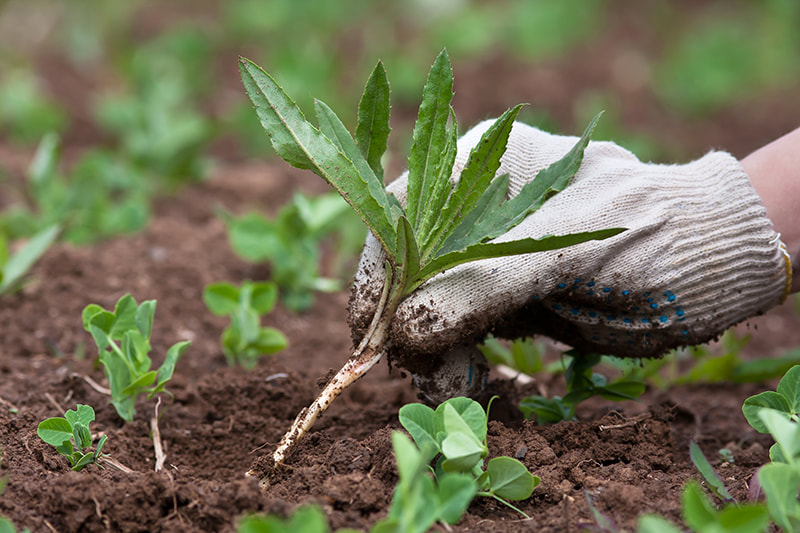
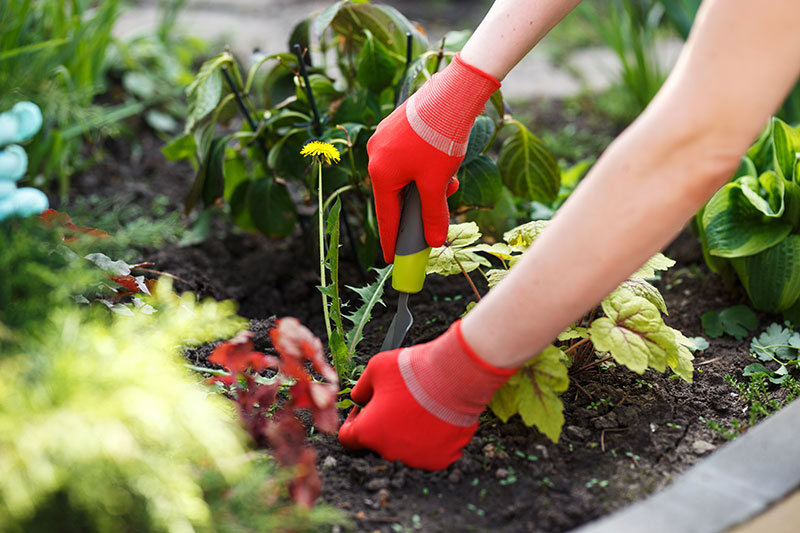
 RSS Feed
RSS Feed
